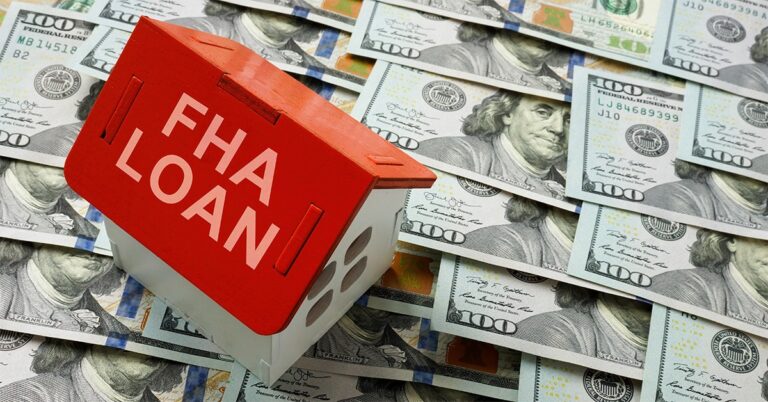The Consumer Price Index (CPI) came in hotter than expected in March, signaling that inflation remains stubbornly sticky and likely undercutting chances of a rate cut from the Federal Reserve in the near future.
The index, which tracks the average change over time in consumer prices for certain goods and services, was up 0.4% in March on a seasonally adjusted basis, according to the U.S. Bureau of Labor Statistics. That’s flat from February, while year over year, the CPI rose 3.5%, the largest annual gain since September and still handily above the Fed’s 2% goal.
Buoyant inflation was fueled by shelter and energy prices. Shelter costs, which are weighted to comprise approximately one-third of the CPI, were up 0.4% from February and 5.7% from March last year. Rents have been on the downswing of late, but the inherent data lag due to the way rents are measured has left shelter inflation hot until further notice. Pick-ups of 1.7% in gasoline prices and 0.9% in electricity, meanwhile, pushed energy inflation to 1.1% in March.
Economists polled by Reuters had forecast the overall CPI with a pick-up of 0.3% month over month and 3.4% year over year. Core CPI, which omits volatile food and energy prices, stayed persistently buoyant as well, with a monthly increase of 0.4%, comparable to the previous two months. Over three months, the first quarter’s annualized rate of core CPI inflation rose to 4.5%, highest since May of last year.
March, then, marks the third straight month with an inflation report that reads stronger than desired, leaving many discouraged that the Fed’s “higher for longer” credo regarding its interest rate policy is going to stay in place even longer than anticipated — and that rate cuts won’t be as numerous as hoped this year.
“The market has been continually disappointed this year by inflation data,” said Xander Snyder, senior economist at First American Financial Corp., on Tuesday before the CPI was announced. “At the end of last year, the market was overwhelmingly expecting 6-7 rate cuts this year, compared the Fed’s expectation of 3 rate cuts. Now, the overwhelming majority of the market is expecting 3 or fewer cuts. What a difference a quarter makes.”
Now, even three rate cuts may be too optimistic an outlook. Wells Fargo economists Sarah House and Michael Pugliese now project just two 25-basis-point rate cuts in the second half of the year as their base case.
Lawrence Yun, chief economist at the National Association of Realtors, bluntly described March’s inflation figures as “very bad, which also means bad news for interest rates.”
“Mortgage rates, unfortunately, will move a notch higher and are likely to cross above 7% in the upcoming weeks,” Yun said. “In addition, the gigantic federal budget deficit will soak up more borrowing, thereby leaving less for mortgage borrowing.”
There are some rays of hope shining through the clouds in this month’s report. For one thing, while it hasn’t happened yet, the aforementioned cooling of rents should eventually lead to deflation in shelter costs, which would make a big difference in the CPI. Lower prices in the automotive sector should also manifest in the CPI in due time. House and Pugliese wrote in Wells Fargo’s post-CPI commentary that they still expect inflation to rend lower throughout 2024, though it’s likely to be a gradual process.
“If rent data calms, then overall inflation will automatically be lower,” Yun said. “It is, therefore, possible to get to the 2% inflation target by year’s end, even with bumps and delays.”







